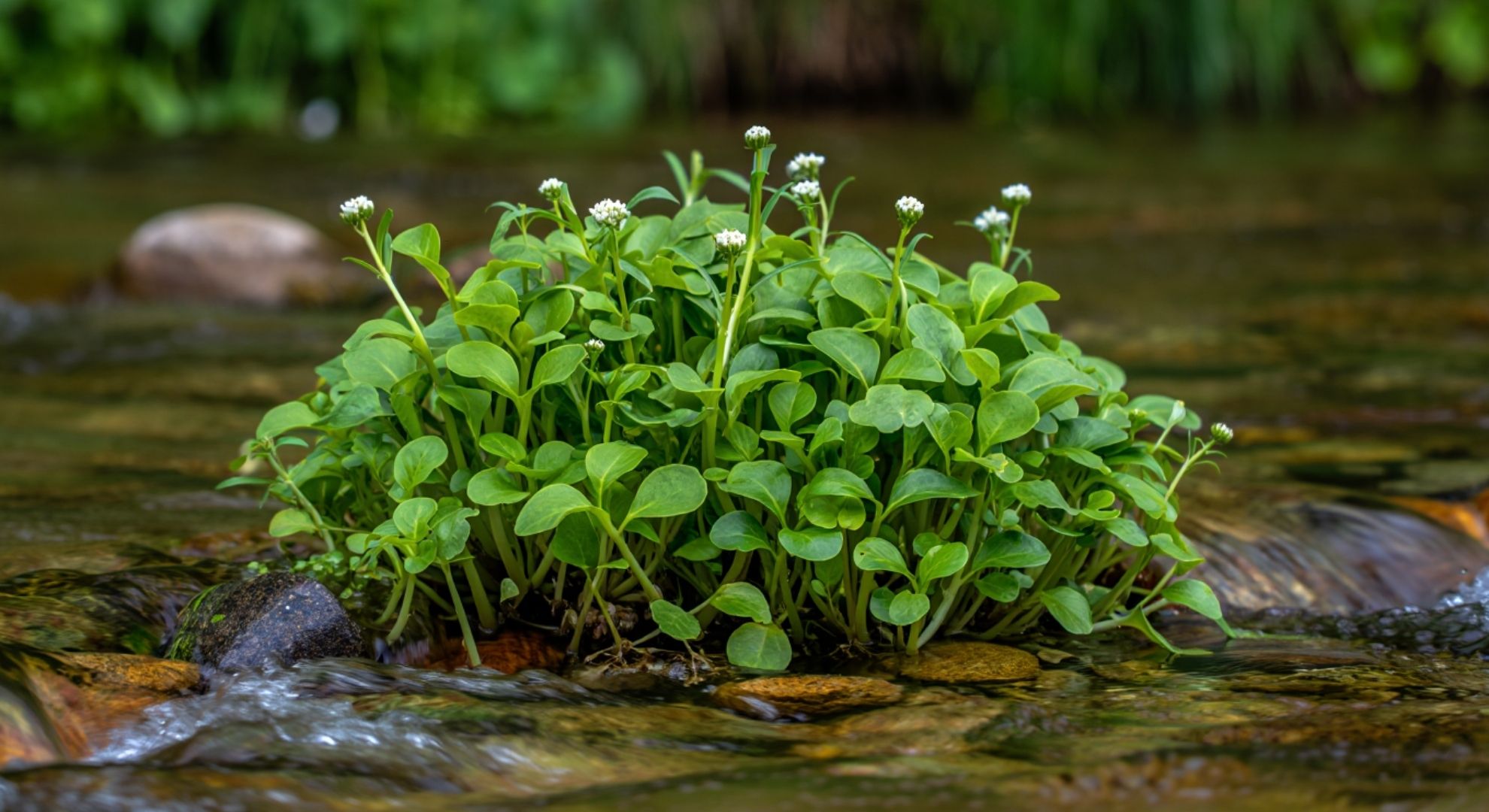The search for the ultimate superfood
Nutritionists and scientists have long debated what deserves the title of the “healthiest food in the world.” From blueberries to salmon, many candidates have been praised for their unique benefits. But according to recent research, one food stands above the rest: the humble watercress.
Often overlooked in favor of trendier superfoods, watercress has been crowned the most nutrient-dense food available, thanks to its remarkable concentration of essential vitamins, minerals, and antioxidants.
Why watercress tops the list
Watercress belongs to the cruciferous family of vegetables, alongside kale and broccoli. What makes it special is its extraordinary nutrient-to-calorie ratio. For just a handful of leaves, you get:
- Vitamin K: essential for bone health and blood clotting.
- Vitamin C: boosts immunity and supports skin health.
- Vitamin A: critical for vision and cell growth.
- Antioxidants: help fight oxidative stress and reduce inflammation.
According to the CDC’s Nutrient Density Score, watercress outperforms more popular superfoods, delivering nearly all daily nutritional requirements in a very low-calorie package.
“If there is one food that deserves the label of ‘superfood,’ it’s watercress,” explained a leading nutrition scientist.
Comparing watercress with other superfoods
To understand why watercress ranks highest, scientists compared it with other well-known nutrient-rich foods.
| Food | Nutrient Density Score (CDC) | Key Benefits |
|---|---|---|
| Watercress | 100/100 | Bone health, immunity, antioxidants |
| Kale | 49/100 | Fiber, vitamins A, C, K |
| Spinach | 86/100 | Iron, folate, antioxidants |
| Broccoli | 34/100 | Fiber, vitamin C, cancer-fighting compounds |
| Blueberries | 32/100 | Antioxidants, brain health |
This table makes it clear: while kale, spinach, and blueberries are powerful foods in their own right, watercress delivers the most balanced nutrient profile per calorie consumed.
How to include watercress in your diet
Despite its reputation as a forgotten garnish, watercress is surprisingly versatile. You can easily add it to your meals in ways that boost both flavor and nutrition:
- Toss it into salads for a peppery kick.
- Blend it into smoothies for an antioxidant boost.
- Use it as a base for soups or sauces.
- Layer it in sandwiches and wraps instead of lettuce.
Not only does watercress add a refreshing taste, but it also brings a nutritional punch that few other foods can match.
The health benefits backed by research
Scientific studies suggest that watercress may play a role in preventing chronic diseases. Its compounds have been linked to reduced risks of:
- Heart disease, by lowering oxidative stress and supporting vascular health.
- Certain cancers, thanks to glucosinolates that may help inhibit tumor growth.
- Bone weakness, due to its high vitamin K content.
- Immune decline, through powerful antioxidants and vitamin C.
Why it remains underrated
Despite its impressive profile, watercress hasn’t enjoyed the same popularity as kale or avocado. This is largely because it has been perceived as a side garnish rather than a staple. But with new research highlighting its extraordinary nutrient density, nutritionists are calling for a revival of watercress in modern diets.
The bottom line
Science has spoken: watercress is the healthiest food in the world. Affordable, widely available, and easy to incorporate into everyday meals, it represents one of the simplest ways to improve overall health.
Next time you’re at the grocery store, skipping past the watercress could mean missing out on the most nutrient-packed food nature has to offer.
